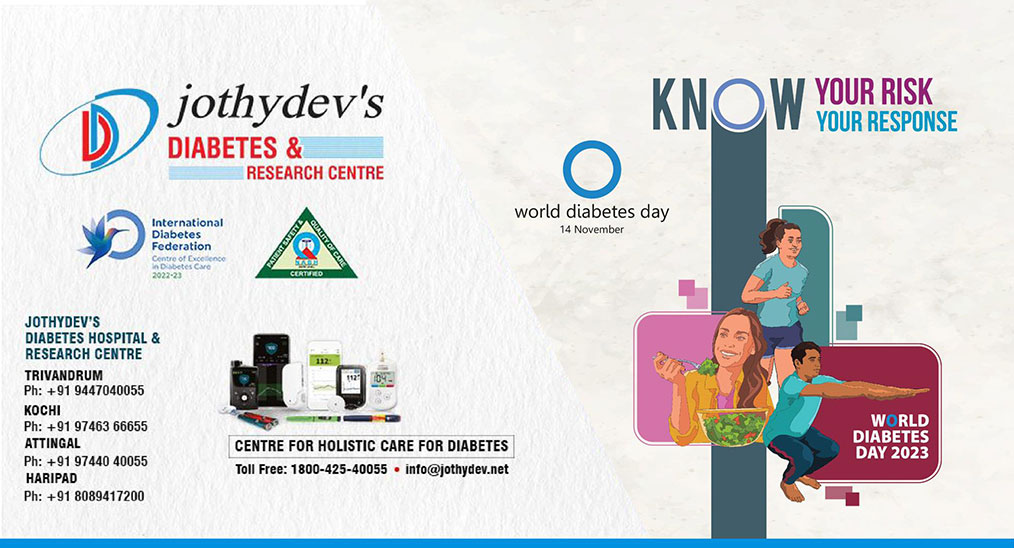2. Digital lifestyle intervention enhances long-term metabolic control in type 2 diabetes

The prevalence of lifestyle disorder such as type 2 diabetes is skyrocketing at an alarming level. While digital diabetes technologies have the potential to enhance clinical utility and address individual concerns, many of these technologies often demand extensive training, technological proficiency and expenses. A Swedish study conducted in individuals with type 2 diabetes revealed that digital diabetes technologies can significantly improve HbA1c levels.
Here, in this study, the researchers employed a digital tool in Swedish individuals that encompasses 80 diverse themes, focusing on diet exercise, stress management, decision-making, social interactions, loneliness, and the emotional burden of living with diabetes.
The clinical study enrolled patients aged 35 years and above with prior documentation of type 2 diabetes and HbA1c ≥ 52 mmol/mol (6.9%). Diagnosis of diabetes in routine healthcare was based on WHO criteria fasting plasma glucose ≥ 126 mg/dL or 2-h post-load plasma glucose ≥ 199.8 mg/dL or HbA1C ≥ 48 mmol/mol (6.5%)). Participants were randomized into two groups, and one group was advised to use the tool from the time of enrollment and other group was advised to wait for a few weeks (in a 1:1 ratio). Subsequently, the two groups were merged to enable all participants to use the tool during an extended open-label period.
The primary variable examined in the study was HbA1c. Secondary variables included body weight, fasting blood glucose levels, and homeostasis model assessment-2 estimates of insulin resistance (HOMA2-IR) and beta-cell function (HOMA2-B) based on fasting glucose and C-peptide.
The observations revealed that the cohort exposed to the intervention exhibited a significant improvement in HbA1c levels during a median follow-up of 1038 days which is paralleled by reduced body weight, enhanced insulin secretion, increased physical activity, and cognitive eating habits. Notably, participants with high BMI and insulin resistance responded particularly well to the use of the digital tool, indicating its potential efficacy in this group.
For enquiries info@jothydev.net.
Please visit: jothydev.net | research.jothydev.com | diabscreenkerala.net | jothydev.com/newsletter




